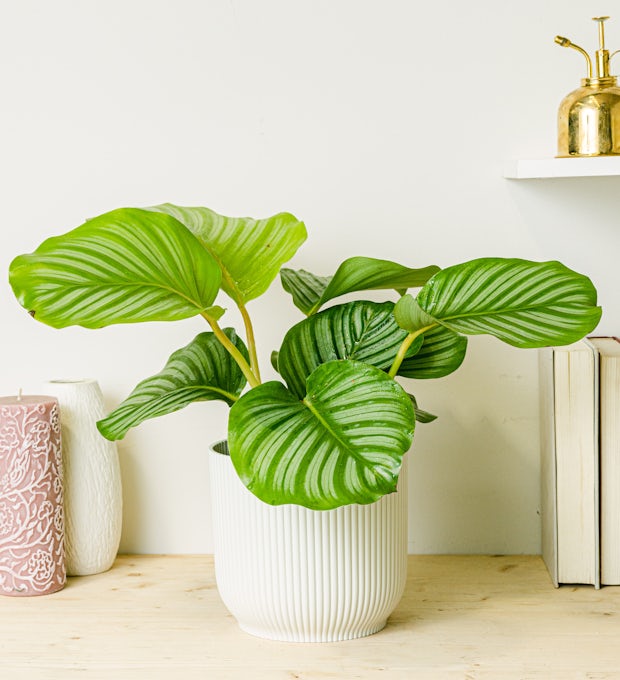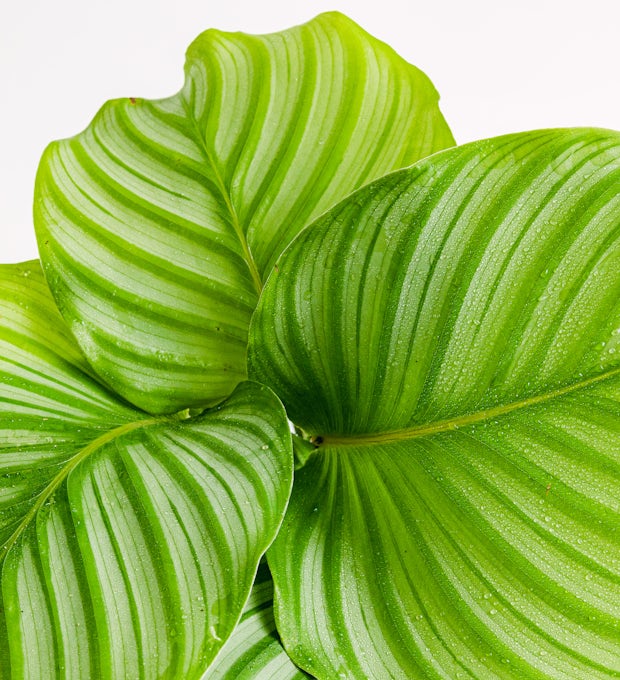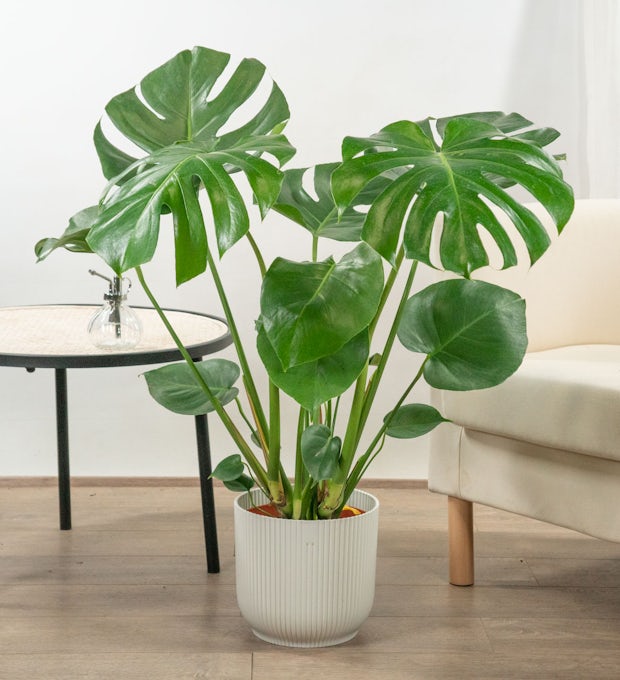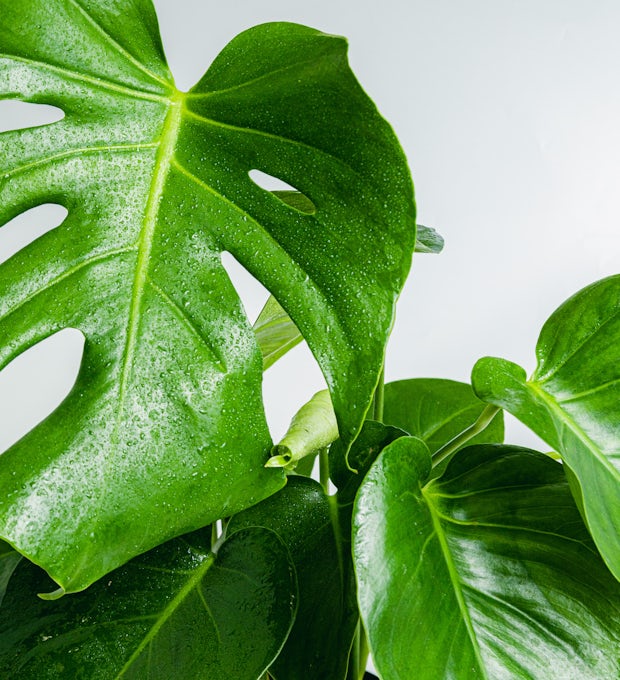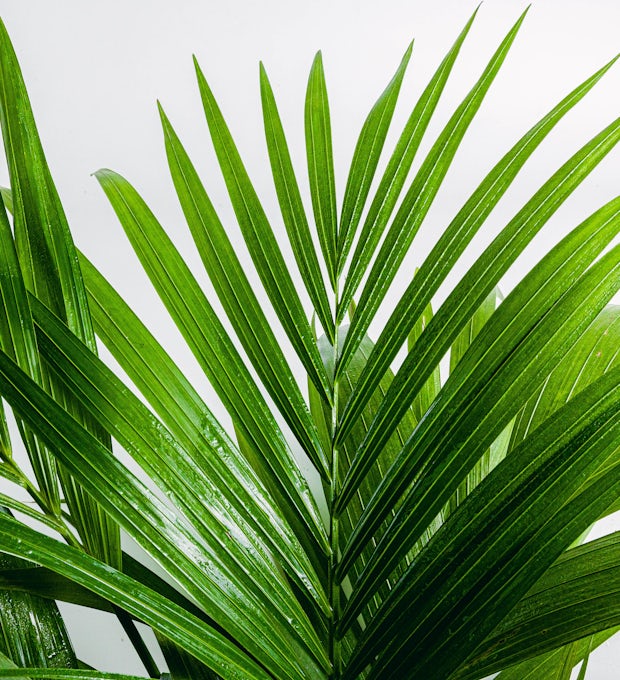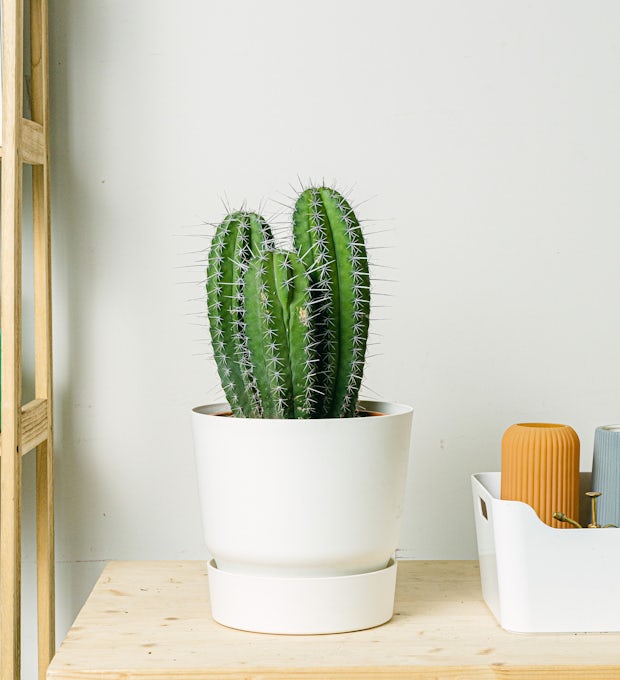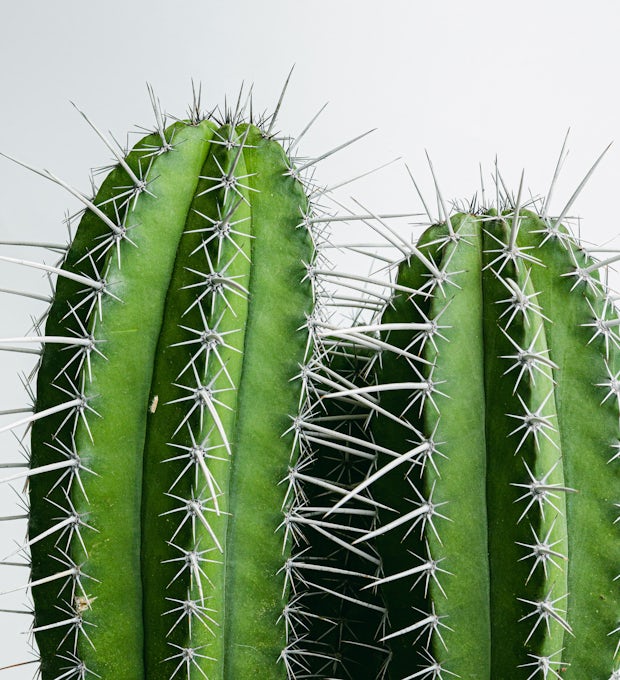With the arrival of summer, air conditioning becomes our best ally to beat the heat. However, its excessive use can negatively affect our houseplants, which need certain special care to survive in this artificial environment. In this ultimate guide, we introduce you to the best plants to keep in your home during the summer, as well as essential tips to keep your plants always healthy and beautiful. We will also show you how to combat dry air with natural plants and which plants purify the air and improve quality of life. In addition, we will give you practical solutions to protect your plants from the harmful effects of air conditioning and how to integrate them into your home décor for a green and fresh atmosphere.
The Impact of Air Conditioning on Plants
Air conditioning is a lifesaver on hot summer days, but not for our houseplants. Plants can be sensitive to the cold, dry air produced by air conditioning. Prolonged exposure to cold, dry drafts can affect plant health and, in some cases, lead to plant death. Air conditioning can also decrease the humidity in the air, making the environment less conducive to many plants. In addition, air conditioning can produce changes in temperature and humidity, which can lead to stress on plants. If plants are near cold air vents or directly under an air conditioning unit, they are more likely to suffer from the harmful effects of air conditioning. Therefore, it is important to be aware of the impact of air conditioning on our plants and take steps to protect them. Some practical solutions include moving plants away from cold drafts, increasing the humidity of the environment with a humidifier or placing containers of water near the plants, and watering regularly to keep the soil moist. With this basic care, we can ensure that our plants survive the summer with air conditioning and remain beautiful and healthy.
Best Houseplants to Survive Air Conditioning
Best Houseplants to Survive Air Conditioning
Air conditioning can adversely affect houseplants, as it reduces humidity in the environment and can cause dry leaves. However, there are certain plants that are more resistant to these effects and can survive in these conditions.
One of the best houseplants to survive air conditioning is the bamboo palm. This plant is hardy and can adapt to different humidity levels. Plus, its bright green foliage adds a tropical touch to any space.
Another option is the Boston fern. This fern is known for its ability to purify the air and add moisture to the environment. Its leafy green leaves also give a sleek and natural look to any room.
The Christmas cactus is another ideal plant for air conditioning. This cactus requires very little water and can tolerate dry environments. Its vibrantly colored flowers also add a touch of joy to any space.
Finally, dracena marginata is a hardy houseplant that can survive in low humidity conditions. Its narrow, reddish leaves give a unique and modern look to any home or office.
In conclusion, if you have air conditioning in your home or office and want to have indoor plants, it is important to choose those that are more resistant to the dryness of the environment. Bamboo palm, Boston fern, Christmas cactus, and dracena marginata are some of the best options for surviving the air conditioning and keeping your plants healthy and beautiful all summer long.
We ship plants to all locations, you can see more options here.
Essential Care to Keep Your Plants Healthy and Beautiful
To keep your plants healthy and beautiful, it's important to give them the essential care they need. First of all, you need to make sure that you provide them with the right amount of water. Each plant has different watering needs, so it's important to do your research and know the specific needs of each. Avoid both overwatering and underwatering, both of which can damage plants. In addition, it is essential to provide them with adequate, nutrient-rich soil. Be sure to use well-draining pots to avoid waterlogging. It is also advisable to fertilize the plants regularly to ensure that they are receiving the necessary nutrients for their growth and development. Another important aspect is lighting. Most houseplants require indirect light or semi-shade, so you want to place them in places where they will receive the right amount of light. In addition, it is advisable to rotate them periodically so that all parts of the plant receive light evenly. Finally, don't forget to keep an eye out for potential pests or diseases that may affect your plants. regularly inspect the leaves and stem for signs of damage and take preventative or corrective action as needed. By following these essential cares, you will be able to enjoy always healthy and beautiful plants in your home.
We ship plants to all locations, you can see more options here.
How to Combat Air Dryness with Natural Plants
Dry air is a common problem in air-conditioned spaces, but fortunately there are natural plants that can help combat this drawback. Some of the best plants to increase humidity in the environment are known as "jungle plants". These include varieties such as Boston fern, bamboo palm, and maranta. These plants have the ability to release water vapor through their leaves, which helps increase humidity in the surrounding air. Another option is succulent plants, such as Aloe Vera and mother-in-law's tongue, which retain water in their leaves and release moisture slowly. In addition to these specific plants, a container of water can also be placed near the air conditioner to evaporate and increase the humidity in the environment. It's important to remember that each plant has different light and watering needs, so it's critical to research and adjust the right conditions for each species. With these natural plants, it is possible to combat the dryness of the air caused by air conditioning and create a more comfortable and healthy environment in the home or office.
Plants That Purify the Air and Improve Quality of Life
Not all plants are created equal when it comes to purifying the air and improving the quality of life. There are some species that are particularly effective at absorbing air pollutants and transforming them into oxygen. Among them are the sansevieria, the potus, the ficus and the sword of St. George. These plants are able to remove volatile organic compounds (VOCs) present in products such as paints, varnishes or solvents, which can cause headaches, dizziness or eye irritation. In addition, they also reduce the presence of toxic gases such as formaldehyde, which is present in construction materials and furniture. Other plants that contribute to purifying the air are the rubber tree, bamboo or English ivy, which also help to maintain adequate humidity in the environment. Not only do these plants improve the air quality in the home, but they also bring a natural and fresh touch to the décor. Incorporating some of these species into the home can be a simple and inexpensive solution to combat the harmful effects of air conditioning and other environmental pollutants. However, it is important to remember that each plant has specific care needs and that not all of them are suitable for living with pets or small children. Therefore, before choosing a purifying plant, it is essential to be well informed about its characteristics and requirements.
Practical Solutions to Protect Your Plants from the Harmful Effects of Air Conditioning
Air conditioning can be a lifesaver on hot summer days, but it can also have negative effects on our houseplants. To protect your plants from the harmful effects of air conditioning, there are practical solutions you can implement. First, avoid placing your plants directly under the air conditioner. The constant flow of cold air can affect the health of the leaves and the water absorption capacity of the roots. Instead, place your plants in an area where they will receive indirect light and away from the direct reach of the air conditioner. Also, make sure to maintain the proper level of humidity in your home. You can do this by placing a humidifier near your plants or using a sprayer to increase the humidity in the air. Another solution is to group your plants together. By placing several plants together, they can create their own moist atmosphere and protect each other from the flow of cold air from the air conditioner. You can also use pots with self-watering systems that keep the soil moist for longer and reduce the need for constant watering. By following these practical solutions, you can protect your plants from air conditioning damage and ensure that they are always healthy and beautiful all summer long.
A Green and Fresh Decoration: How to Integrate Your Plants into Your Home Decor
A Green and Fresh Decoration: How to Integrate Your Plants into Your Home Decor
Integrating plants into your home décor will not only give it a fresh and natural touch, but it will also improve the atmosphere and the quality of the air you breathe. There are a number of creative ways to incorporate plants into your décor, from small planters on shelves or shelves to large planters in the ground. You can choose hanging plants to add a vertical and dynamic look to your spaces, or large-leaved plants to create eye-catching focal points.
In addition to choosing plants, it's important to consider the containers or pots where you'll place them. Opt for planters that complement the style of your home, whether it's rustic, modern, or minimalist. You can also use hanging planters to take advantage of vertical space and add visual interest.
Another way to integrate your plants into the décor is by using shelves or shelves specially designed to display them. Not only do these elements allow you to display your plants in an organized manner, but they also add an extra decorative touch to your home.
Don't forget to take advantage of lesser-used corners, such as empty corners or spaces next to windows. Placing a large plant in these places can transform them into cozy, lively areas.
In short, integrating your plants into your home décor is a great way to create a green and fresh environment. Whether using hanging pots, shelving, or simply placing them strategically in different corners, plants will add a natural and revitalizing touch to your spaces. Experiment with different combinations and discover how these natural beauties can completely transform the look and feel of your home.
In conclusion, air conditioning can have a negative impact on our houseplants, but there are practical solutions to protect them and keep them healthy. In addition, plants are not only an excellent decoration for our home, but they also purify the air and improve our quality of life. It's important to remember that every plant has its own care needs, so we need to pay attention to their individual characteristics to ensure we provide them with the right environment. Incorporating natural plants into our home is not only aesthetically pleasing, but it can also help combat dry air and improve our mental and physical health. What other practical solutions do you know of to protect your plants from air conditioning? How do you integrate your plants into your home décor? Let's reflect on how we can continue to improve our environmental care practices at home
